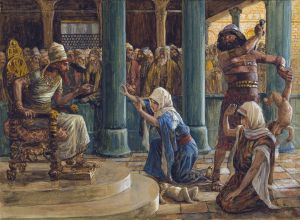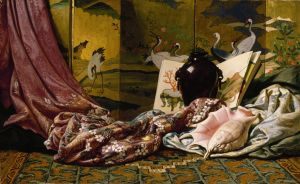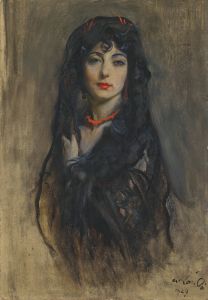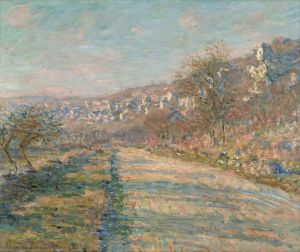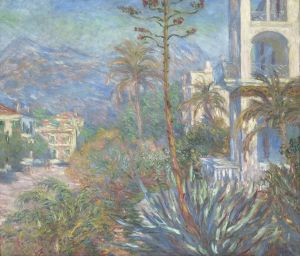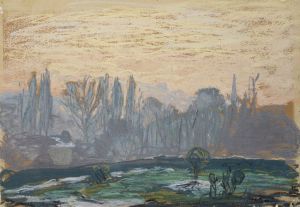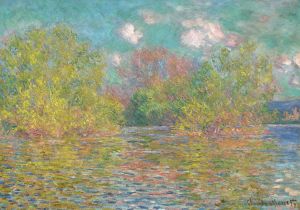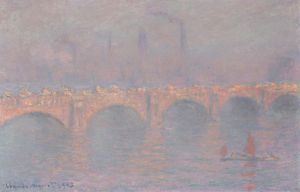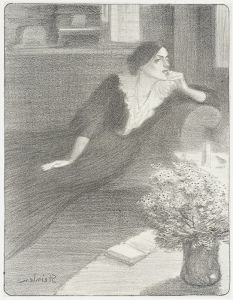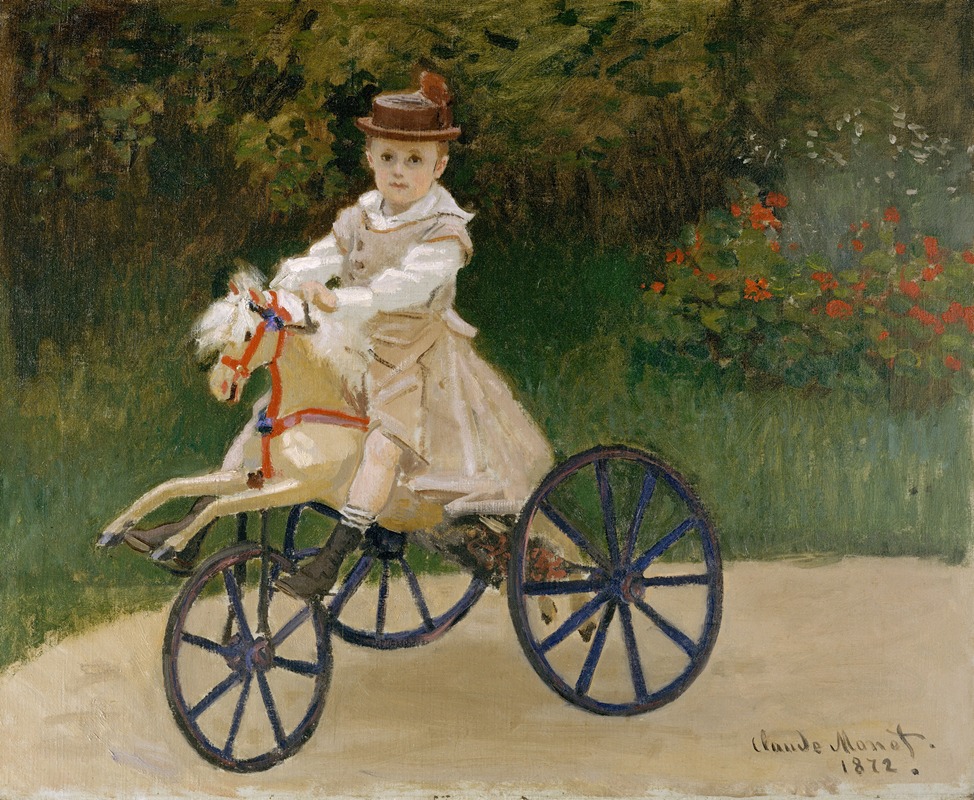
Jean Monet
A hand-painted replica of Claude Monet’s masterpiece Jean Monet, meticulously crafted by professional artists to capture the true essence of the original. Each piece is created with museum-quality canvas and rare mineral pigments, carefully painted by experienced artists with delicate brushstrokes and rich, layered colors to perfectly recreate the texture of the original artwork. Unlike machine-printed reproductions, this hand-painted version brings the painting to life, infused with the artist’s emotions and skill in every stroke. Whether for personal collection or home decoration, it instantly elevates the artistic atmosphere of any space.
Claude Monet's painting Jean Monet is a portrait of the artist's eldest son, Jean Monet, who was born in 1867 to Monet and his first wife, Camille Doncieux. The painting is an example of Monet's early work and reflects his personal life during the late 19th century. Jean Monet was a frequent subject in Monet's art, as the artist often depicted his family members and close surroundings in his paintings.
The exact date of the painting is not definitively documented, but it is believed to have been created during Jean's childhood, likely in the 1870s. During this period, Monet was developing his Impressionist style, characterized by loose brushwork, a focus on light and color, and an emphasis on capturing fleeting moments. While Jean Monet is a portrait, it also exhibits some of these stylistic tendencies, particularly in its soft rendering and attention to natural light.
The painting portrays Jean Monet in a domestic setting, reflecting the intimacy and affection Monet felt for his family. Monet's personal life often influenced his artistic output, and his family served as both inspiration and subject matter. Camille Doncieux, Jean's mother, also appeared in several of Monet's works, further emphasizing the central role of his family in his art.
Jean Monet is part of a broader tradition of 19th-century portraiture, but it also demonstrates Monet's departure from the formal, detailed style of academic portraiture. Instead, Monet's approach is more relaxed and informal, focusing on the essence of the subject rather than precise details. This approach aligns with the principles of Impressionism, which sought to capture the experience of a moment rather than its exact replication.
The painting is now housed in a private collection, and its public exhibitions have been limited. As a result, it is less widely known than some of Monet's other works, such as his series of water lilies or his depictions of the French countryside. Nonetheless, Jean Monet provides valuable insight into Monet's personal life and artistic development during the formative years of the Impressionist movement.
This work is one of many that highlight Monet's ability to blend personal subject matter with innovative artistic techniques, solidifying his reputation as one of the leading figures of Impressionism.






